Perilla leaves (also known as white perilla, white basil, tea, rosemary, hairy basil...) is a spice grown widely in the South Central Coast and Central Highlands.
At first glance, the basil leaves look similar to the basil leaves in the North, but in fact, these are two different types of spices. Specifically, the basil plant has a green, white stem with a sparse layer of hair on the surface, while the basil plant has a purple stem with no hair.
Perilla leaves are oval in shape, with serrated edges and hairy veins on both sides but thicker on the underside. When crushed, perilla leaves have a scent similar to that of lemongrass.

Ms. Thu Phuong - a small trader specializing in providing perilla leaves in Dak Lak said that perilla is very easy to grow, regenerating mainly from seeds or propagating by branches.
This plant is planted once and can be harvested year-round, so people can cut branches, pick leaves and supply them to provinces and cities across the country for many months.
“Some localities in the North and South also grow basil. However, basil grown on sandy soil in the Central region is said to have a richer and more aromatic flavor than basil grown in other regions,” Ms. Phuong said.
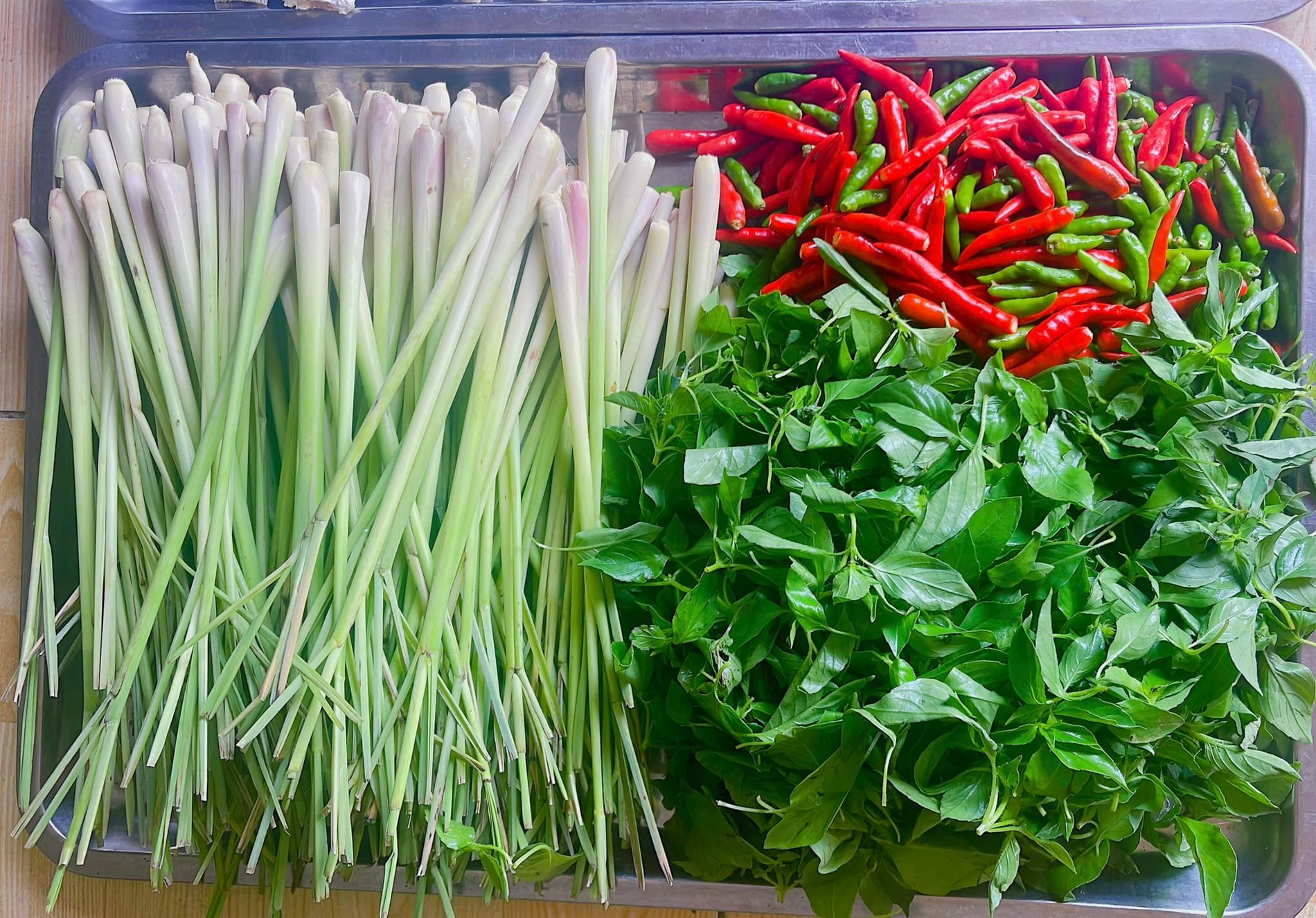
The female trader also revealed that in the Central region, perilla leaves are used as a very popular spice. Local people often combine this type of leaf with green chili and white salt, creating a delicious spice to dip with chicken, river fish, sea fish or simply eat with fruit and hot rice.
In addition to being used as a dipping sauce, perilla leaves are also an ingredient in many other attractive dishes such as stir-fried duck, grilled dried fish, etc., but the most famous and popular is chicken hotpot with perilla leaves.
This dish is considered a famous specialty in Da Lat, impressing diners with the combination of the sweetness of the broth, the rich, crispy taste of the firm chicken pieces, the sour taste of bamboo shoots, the aroma of mushrooms and especially the characteristic aroma of perilla leaves.
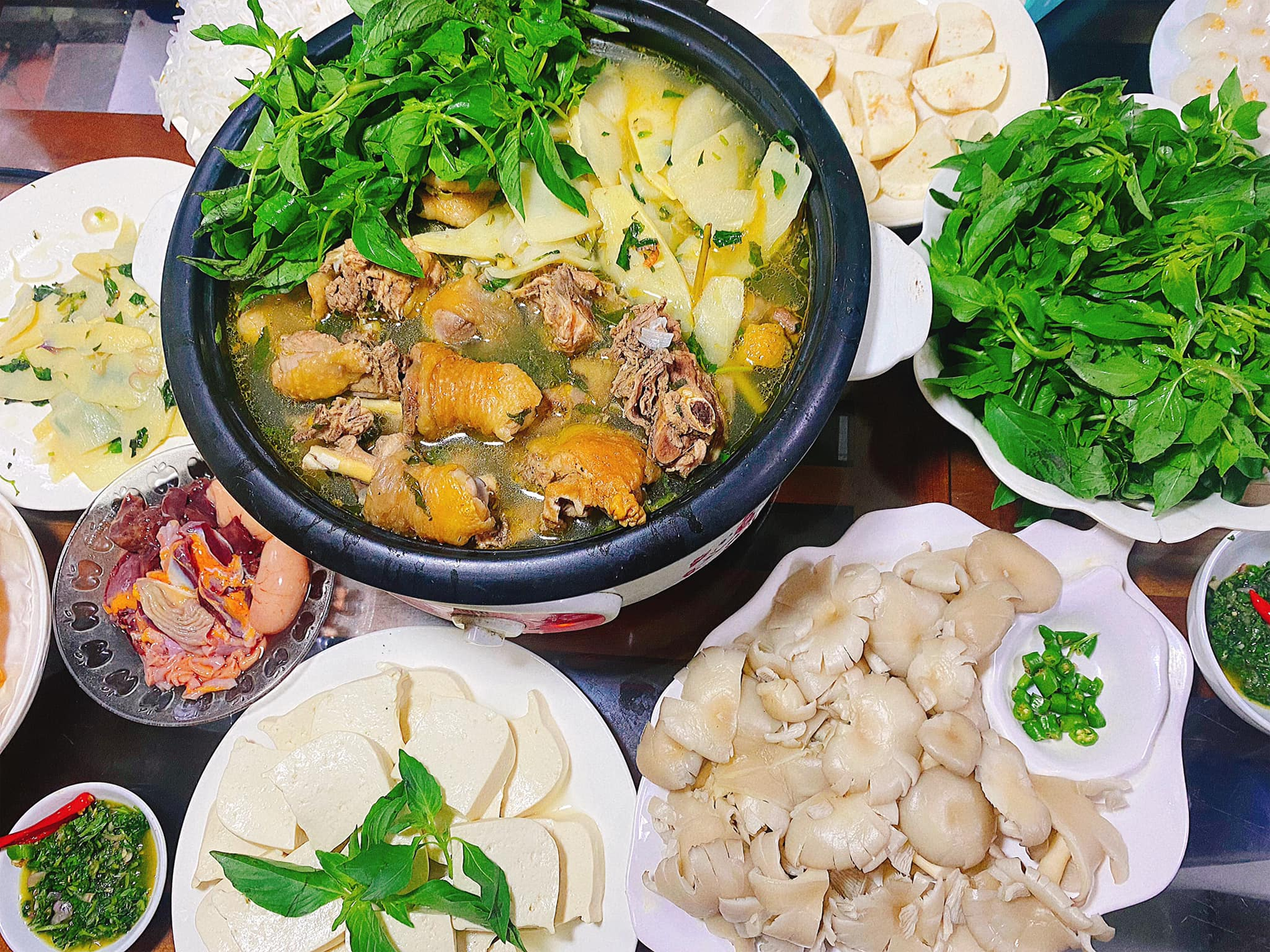
In addition, the hot chicken hotpot is also more attractive thanks to the dipping salt, made from chili, black pepper and crushed basil leaves, allowing diners to feel the slightly spicy and tingling aroma of essential oils on the tip of the tongue after eating.
“Dip the perilla leaves into the hot pot and then scoop them out to eat immediately. While the vegetables are still raw, you will feel the rich, fragrant, and spicy taste of basil and mint leaves,” Ms. Phuong shared.
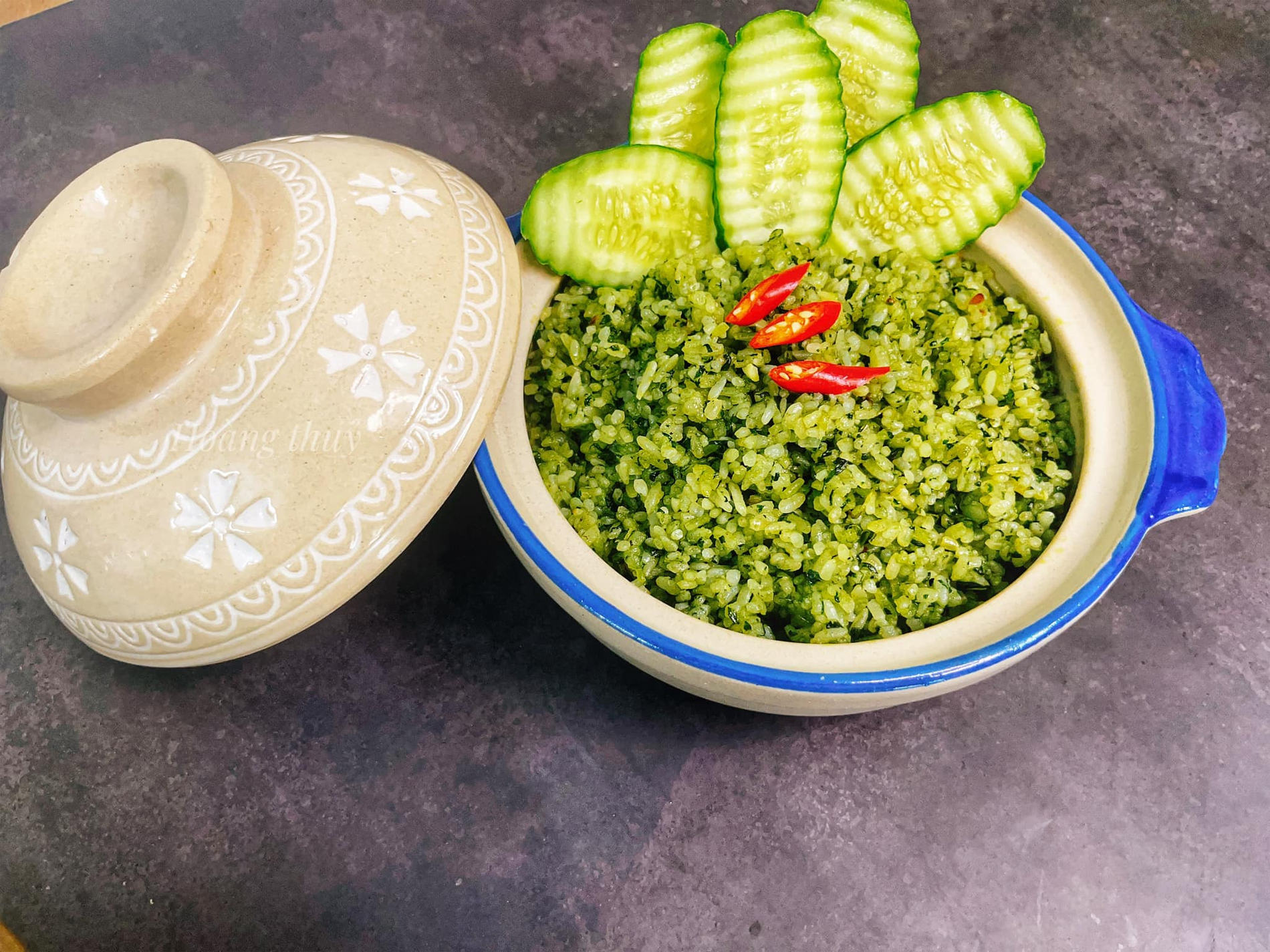 | 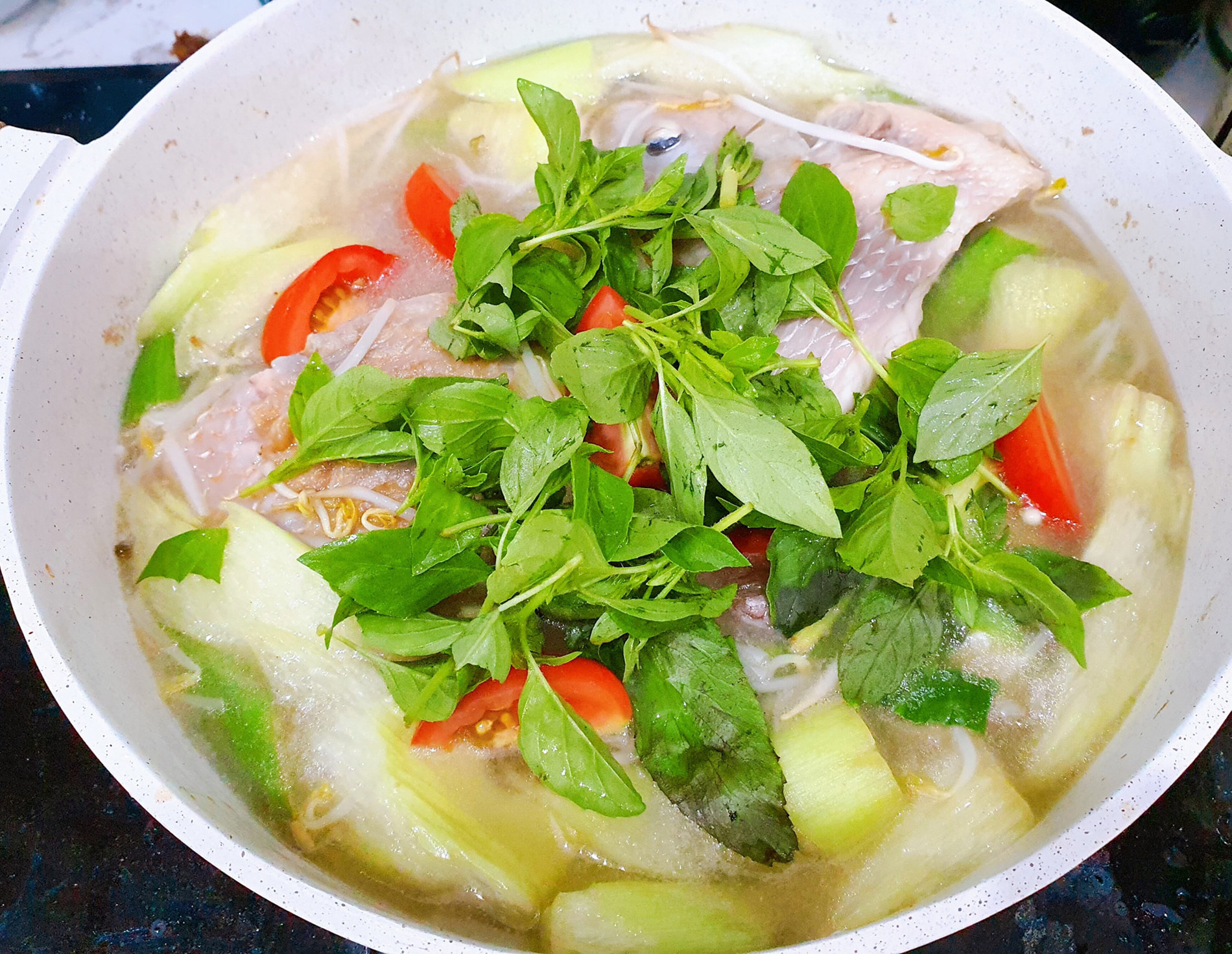 | 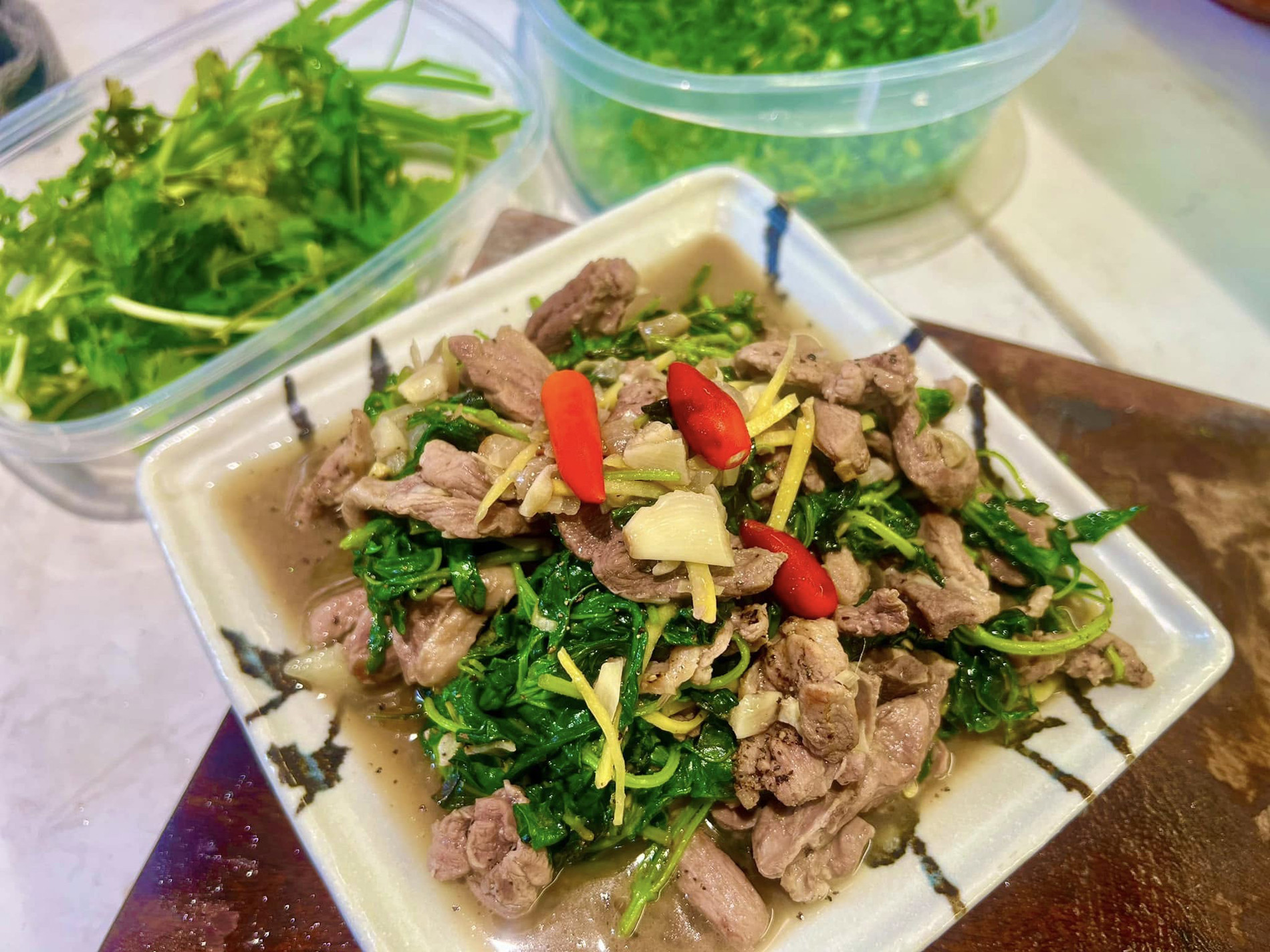 |
Not only in Da Lat, chicken hotpot with basil leaves is also popular in big cities from the South to the North. Therefore, this vegetable is imported by many restaurants and hotpot shops across the 3 regions to meet the diverse needs of diners from all over.
Ms. Phuong said that to ensure the quality of the dish and keep the vegetables fresh, the basil leaves are often transported the same day by air to distant provinces such as Hanoi , Da Nang, Ho Chi Minh City, etc.
Thanks to that, restaurants and eateries always have a source of fresh basil leaves ready to process and serve diners.
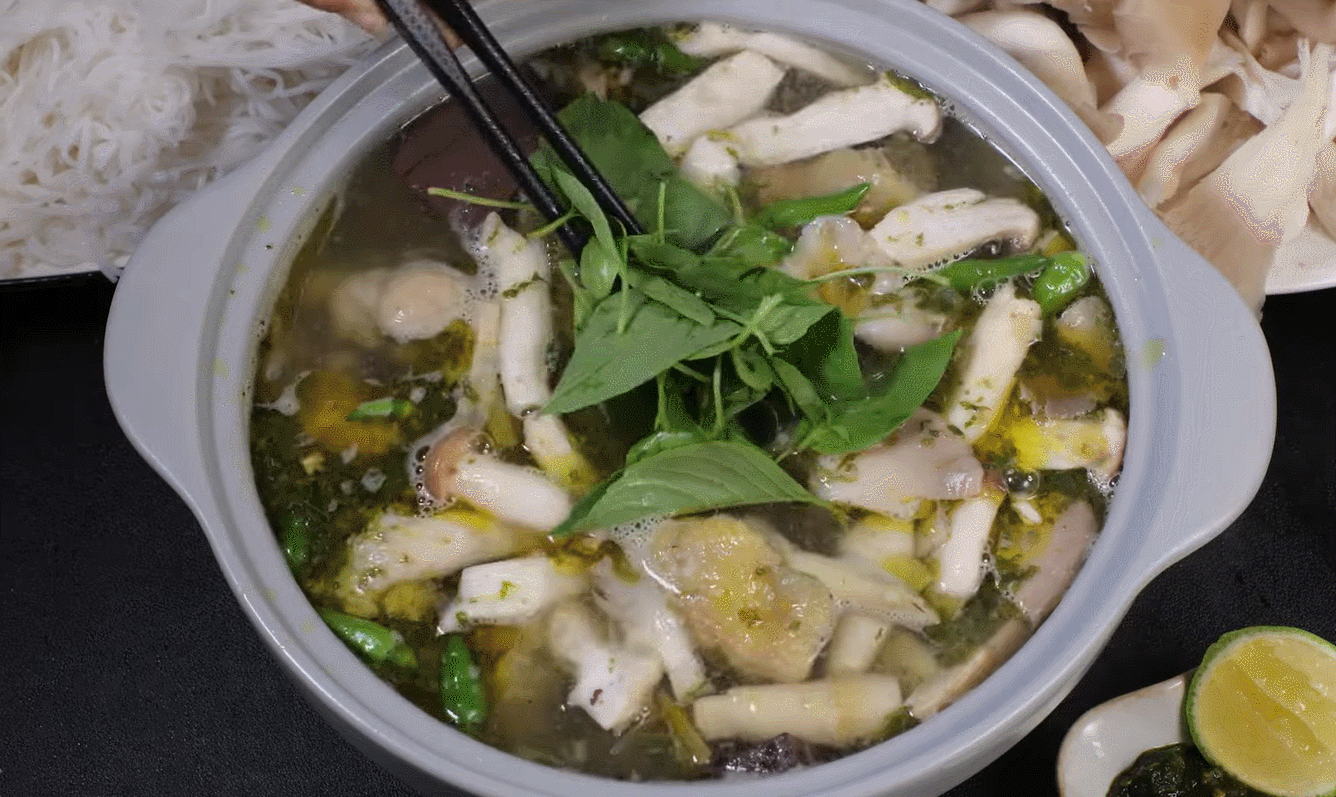
In addition to being used as a spice in cooking , white basil leaves also bring many wonderful health benefits.
According to the book Medicinal plants and medicinal animals (volume 2) by author Do Huy Bich and colleagues, perilla leaves have a spicy taste, warm properties, and are used in medicinal recipes with the following effects: sweating, spreading pathogens (such as wind, cold, dampness, heat) in the skin, muscles...
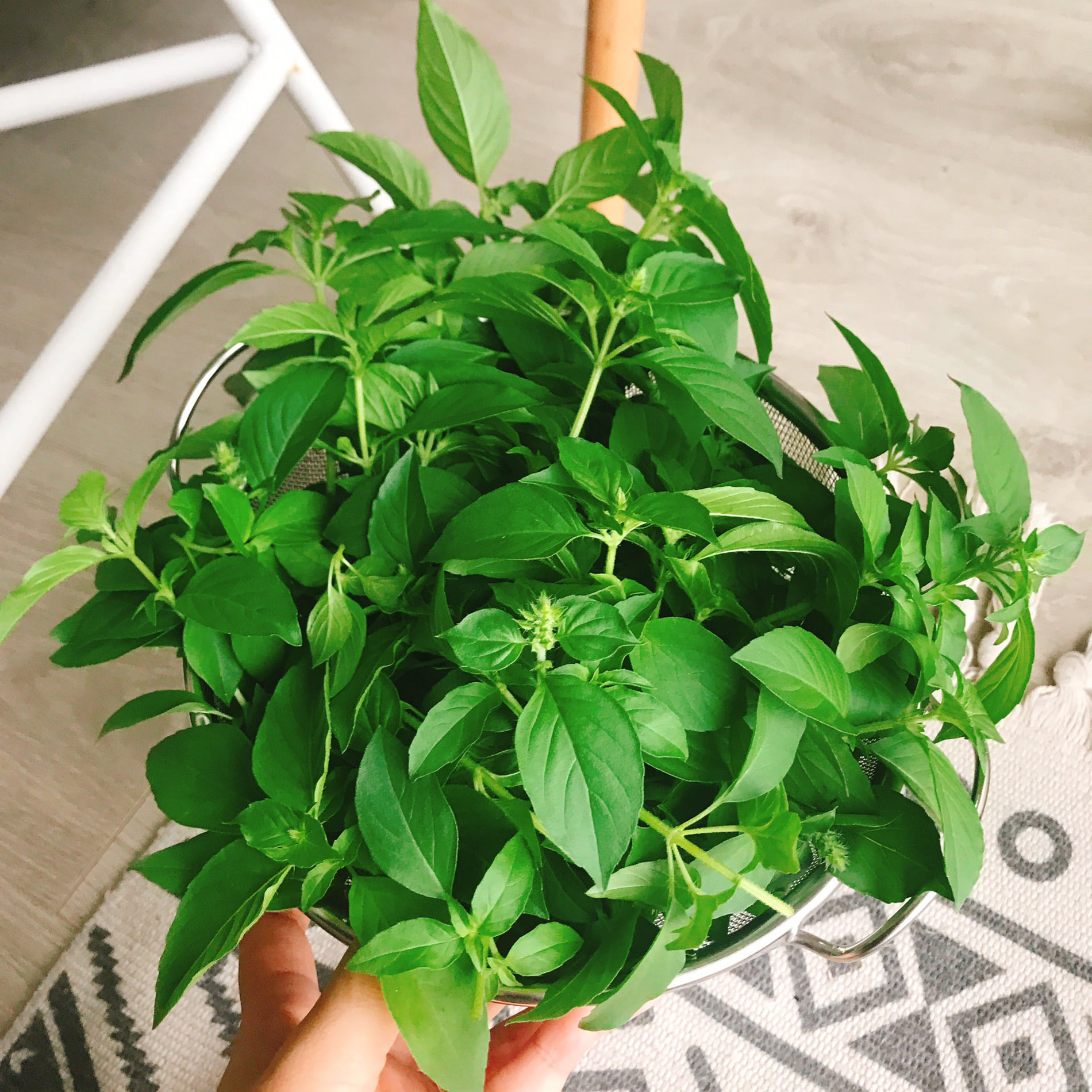
In particular, the branches and leaves of the basil plant (harvested when the basil plant has not yet flowered or has just budded) can be used fresh or dried in the shade until dry, used to extract essential oils...

Source: https://vietnamnet.vn/dac-san-mien-trung-duoc-san-don-khap-3-mien-bay-ra-ha-noi-lam-mon-lau-tru-danh-2439256.html



![[Photo] Binh Trieu 1 Bridge has been completed, raised by 1.1m, and will open to traffic at the end of November.](https://vphoto.vietnam.vn/thumb/1200x675/vietnam/resource/IMAGE/2025/10/2/a6549e2a3b5848a1ba76a1ded6141fae)




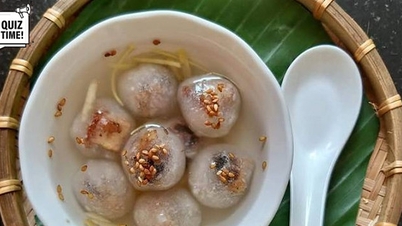








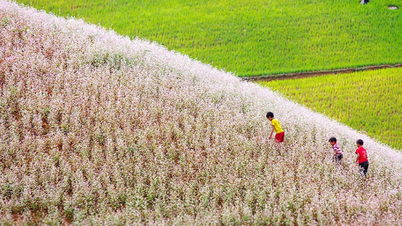

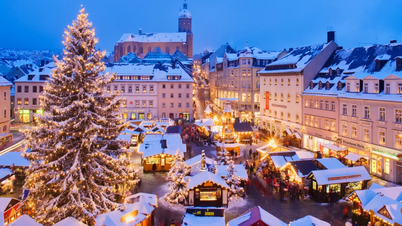














































































Comment (0)